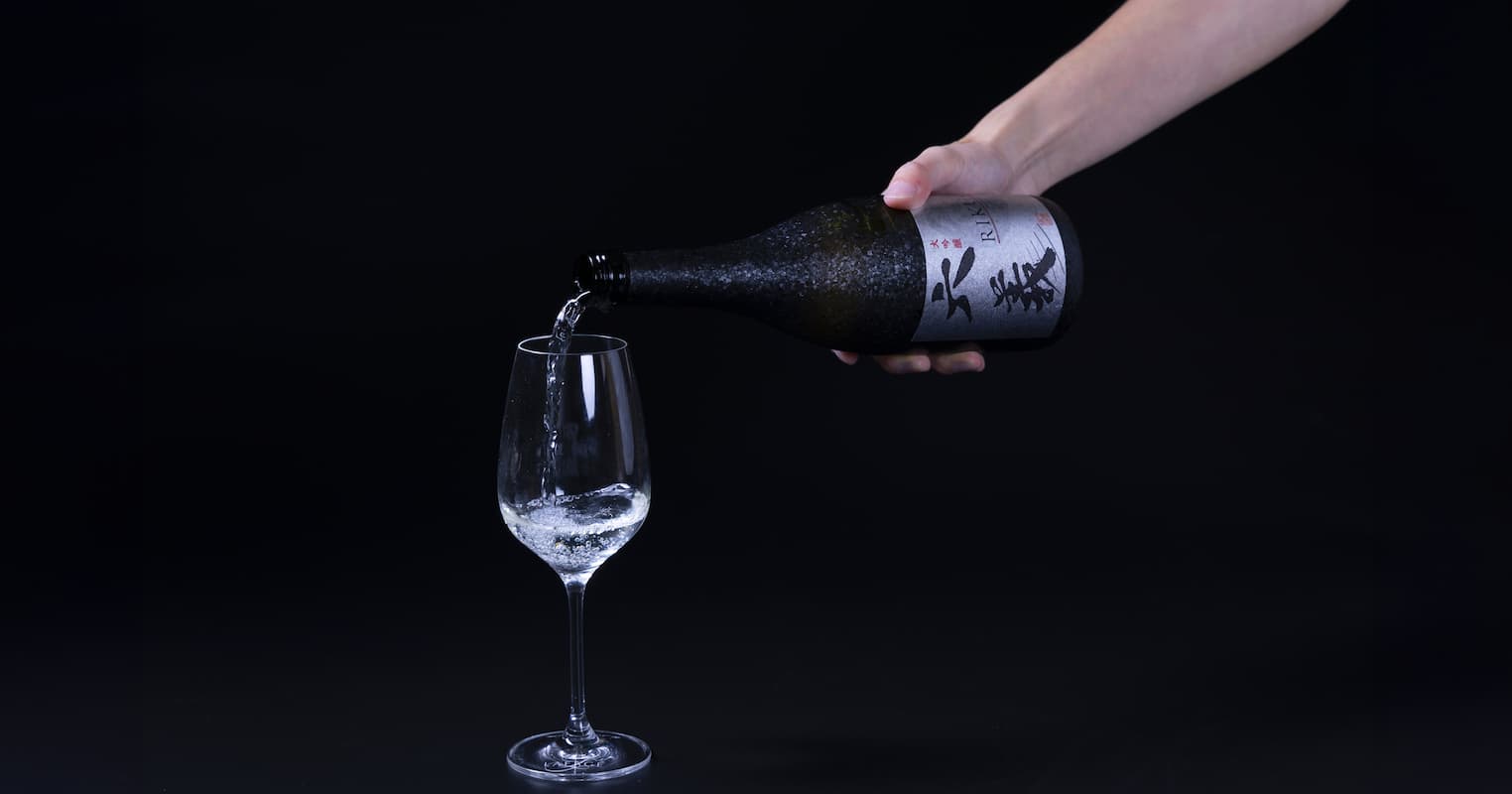PROCESS
- Home
- PROCESS
-
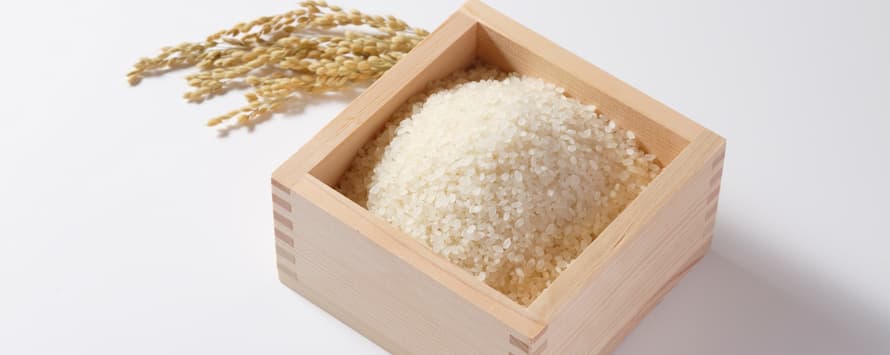
-
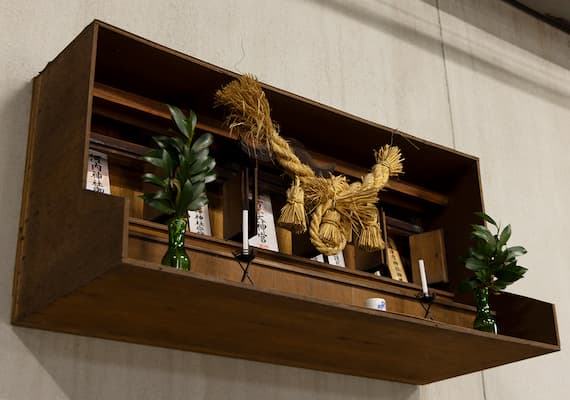
Prayer
Before embarking on the annual sake brewing process, we invite the head priest from Hachiman Shrine to perform a sacred ceremony. During this ritual, we pray for the health and safety of our brewers, as well as the successful creation of delicious sake. This ceremony marks the commencement of the brewing season for the year.
-
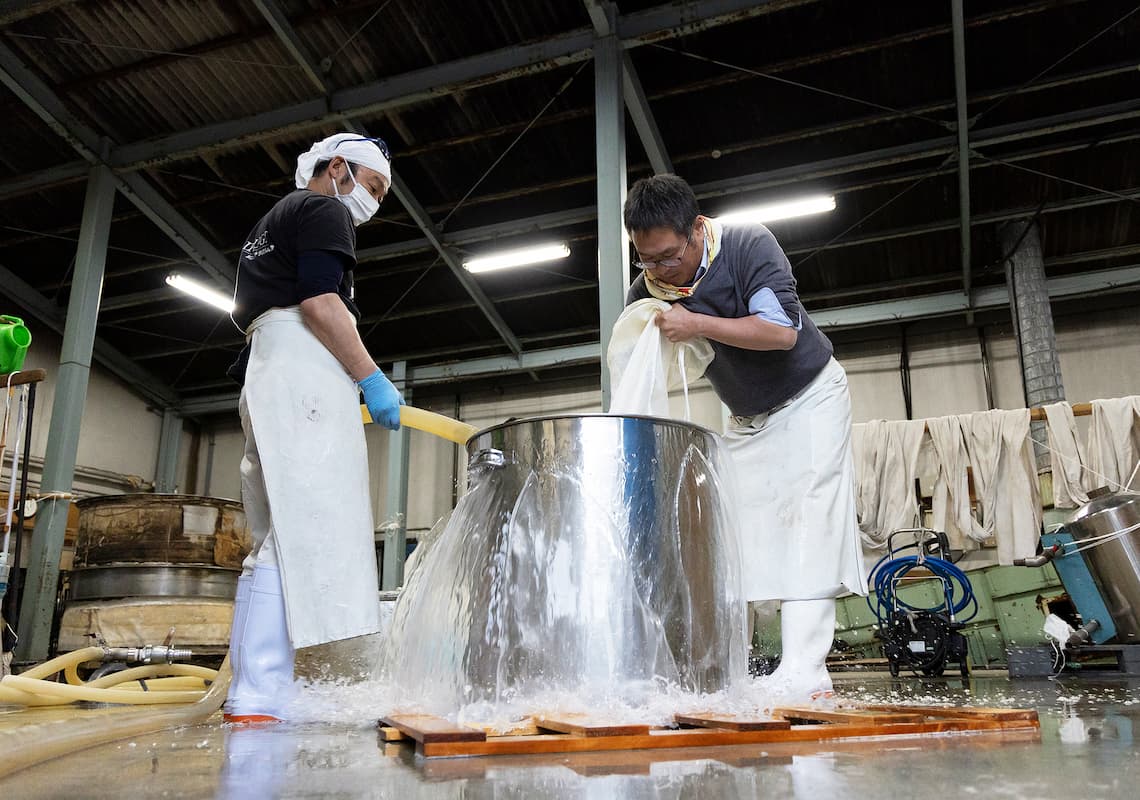
Rice Washing and Soaking
Our sake rice is sourced in its polished state. After washing away the bran using a rice washing machine, the cleaned rice is automatically transferred to soaking tanks where it absorbs water for about a day and night.
-
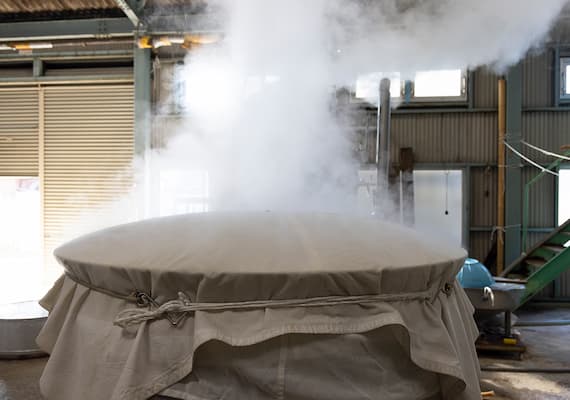
Steaming Rice
The water-drained white rice is steamed for approximately 30 minutes to 1 hour, creating an optimal condition for saccharification. After steaming, the rice is moved to a cooling machine, allowed to cool adequately, and then transported to respective workstations for koji making, shubo, and brewing.
-
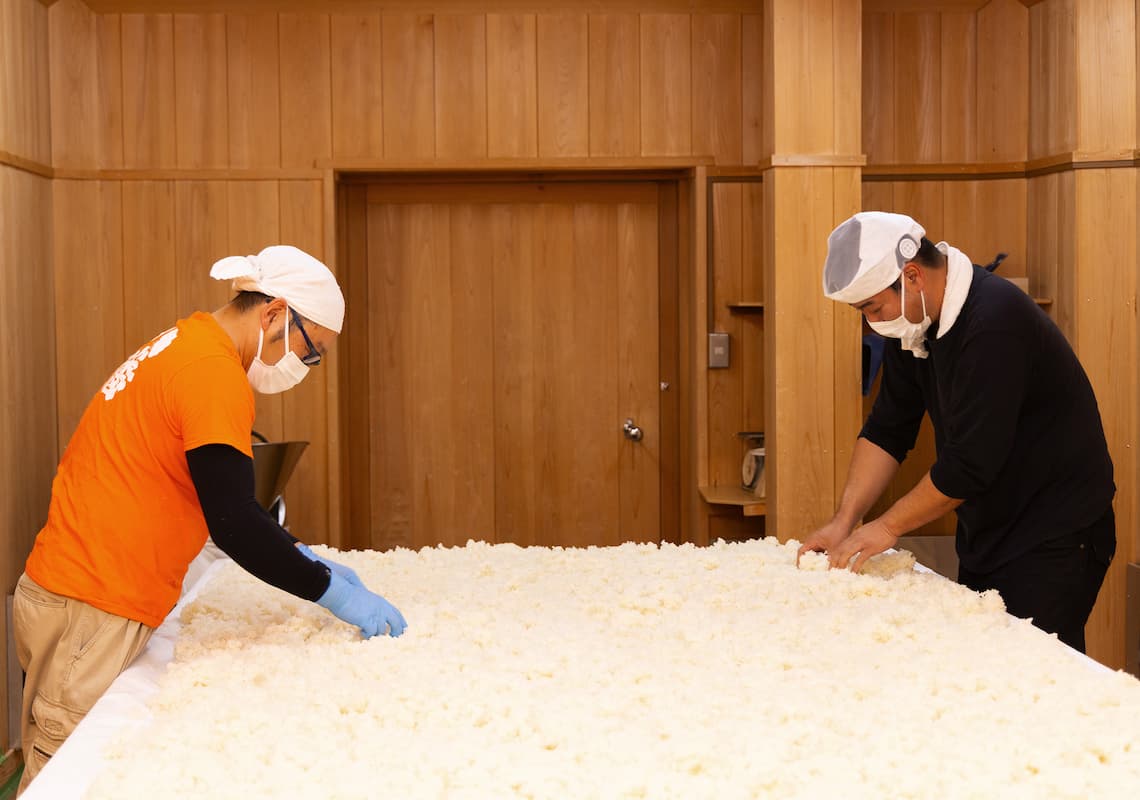
Koji Making
In the koji room, the steamed rice and koji mold are mixed to create rice koji. The room temperature is adjusted to 32-34 degrees Celsius, and the process is divided into floor and shelf periods, taking approximately 45-50 hours. While koji rice constitutes 20-25% of the overall rice used in sake production, it is considered the most crucial stage in the sake-making process.
-
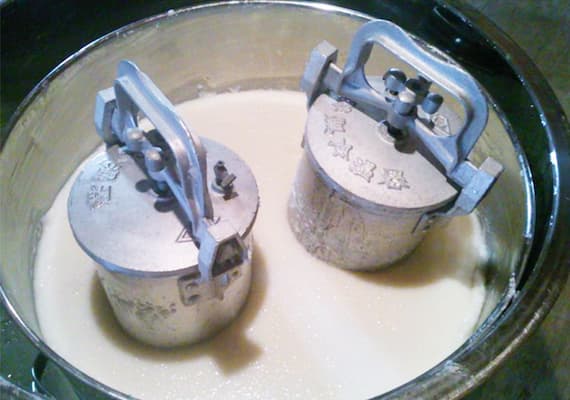
Shubo Making
A mixture of water, steamed rice, and rice koji is prepared, and yeast is added to cultivate yeast cells. Spontaneous fermentation progresses, resulting in the creation of a sweet and sour-smelling shubo. Yeast cultivation runs concurrently with koji making
-
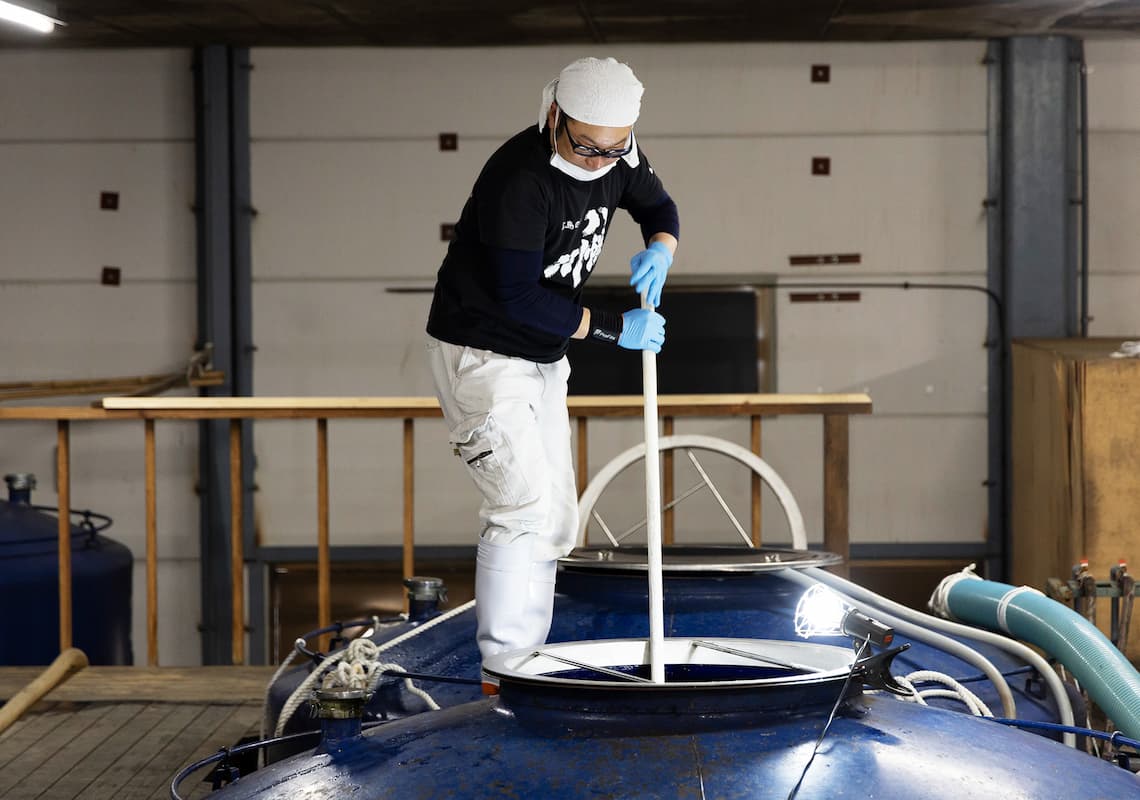
Moromi Fermentation
The shubo is transferred to large brewing tanks, where steamed rice, koji, and water are added in three stages: the first, second, and third additions are known as Hatsuzoe (initial addition), Nakazoe (middle addition), and Tomezoe (final addition), respectively. As fermentation progresses, the Moromi continuously foams, and after about 20 days, the alcohol fermentation is complete. Pressing this Moromi yields new sake, while the remaining sediment becomes sake lees.
-
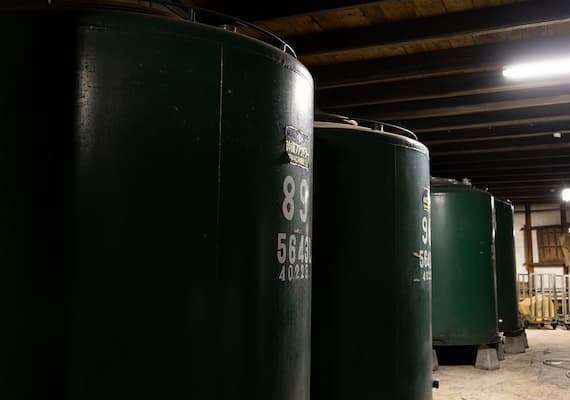
Fermentation and Storage
Depending on its intended use, the sake undergoes processes such as filtration and pasteurization before being stored. Sake brewing typically begins in early winter around November, and the resulting new sake enters the market around June.

